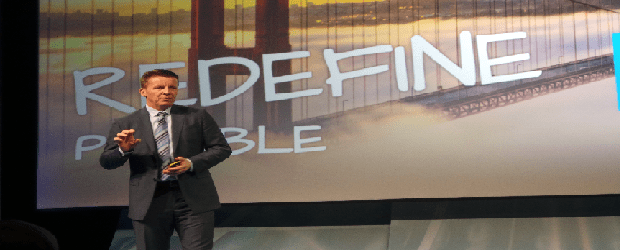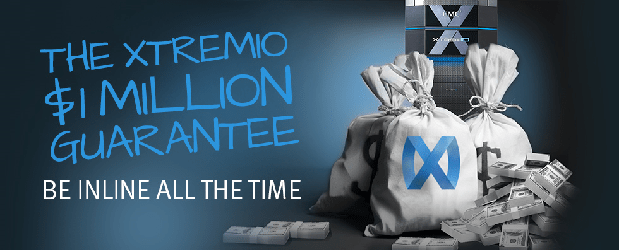LONDON – EMC is making price the issue with the release of XtremeIO 3.0. But not the price you normally would think of.
Beyond the new features and configuration options that come with the new release of XtremeIO, EMC is turning the discussion around to the total cost associated with current workloads and that it takes to support them.
David Goulden, the CEO of EMC Information Infrastructure, also known as EMC II, called it the “Infrastructure Tax” at the Redefine Possible event in London.
Goulden added that reducing cost is a challenge for today’s channel partner and enterprise customer. “The info infrastructure tax needed to support the workload works out to be about 58 cents for every dollar spent on a new app,” he said.
Network sprawl will also bring in another charge along with creating more silos of IT leading to inefficiencies.
XtremIO 3.0 will have a free software code upgrade to existing XtremIO arrays along with strengthened security and increase capacity.
There will also be a new in-memory, meta-data space-efficient snapshots that can instantly create application copies, which can then be enabled on-demand. These can be petabyte-scale application environments.
EMC also said the new XtremIO will have inline, always-on data compression that can reach about 4X more usable capacity in database environments.
For the channel, new entry-level and larger configuration options starting with a 5TB Starter X-Brick and a scale-out six X-Brick clusters with 12 active controllers.
That’s the technology side of this announcement. The price side is going to be interesting for the channel and with customers as well.
Jeremy Burton, EMC president of products and marketing introduced the XtremIO Xpect More Program, a seven-year maintenance price protection with a three-year money-back guarantee.
It’s a flash insurance plan. This seven-year maintenance price protection program is for all flash arrays. It will lead to more predictable costs and the three-year money back guarantee means the flash will last seven years,” Burton said.
Craig Englund, the CIO and principal architect at Boston Scientific Corp., said the XtremIO solution enables virtual deduplication allowing the company to gain more efficiency from its SQL servers. Boston Scientific is a manufacturer of medical devices, with an office in Mississauga, Ont.
“It’s an amazing VDI experience. We have SQL servers on a physical box and we get between six to seven hours to load. That was a tough sell, now on a virtual machine it needs less CPU power and the flash storage array out performs the other method by two to three times,” Englund said.
Goulden said that customers in the enterprise especially see existing apps as needing more power such as VDI. “Again, you need more investment. New apps may have a thousand times as many users because they are architected for broader use and those users create more data from those apps. This means more storage to support it,” Goulden said.




